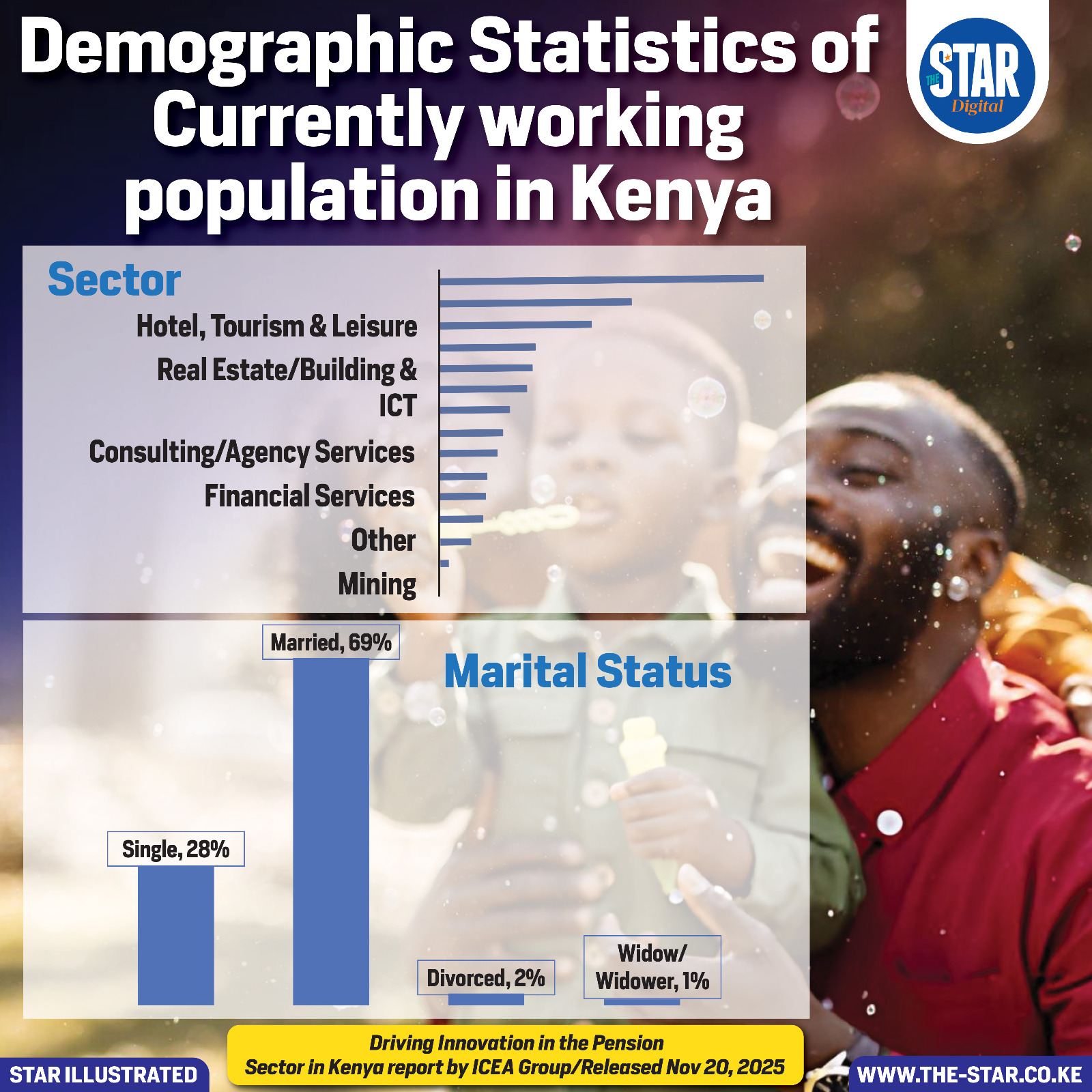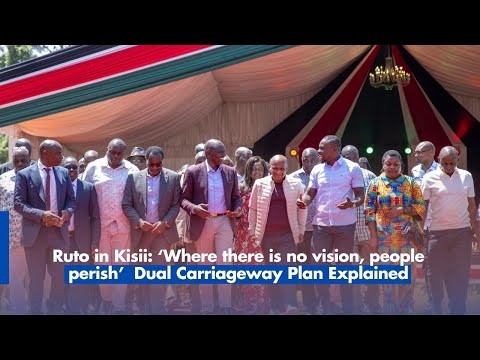
The composition of the modern workforce in Kenya reveals a distinct structure regarding both professional engagement and personal demographics.
A closer look at the primary economic drivers highlights a diverse array of industries that are currently absorbing the working population.
The service and infrastructure sectors appear particularly prominent, with Hotel, Tourism, and Leisure playing a significant role alongside Real Estate and Building & Construction.
These industries suggest an economy heavily reliant on service delivery and physical development. Furthermore, the Information and Communication Technology (ICT) sector, along with Consulting and Agency Services, points towards a growing professional class, while Financial Services and Mining round out the key identified employment avenues.
On the demographic front, the marital status of the currently working population provides insight into the social fabric of the labour market. There is an overwhelming prevalence of married individuals, who constitute 69% of the workforce. This suggests that the majority of employed Kenyans are likely balancing professional responsibilities with family obligations and household leadership.
Single individuals make up the second-largest cohort at 28%, representing a substantial portion of the labor force, likely comprising younger professionals entering the market.
The remaining segment is quite small, with divorced individuals accounting for 2% and widows or widowers making up just 1%. This distribution indicates a workforce characterised by high stability in terms of domestic partnerships, which may influence financial planning and job security preferences among employees.






![[PHOTOS] Three dead, 15 injured in Mombasa Rd crash](/_next/image?url=https%3A%2F%2Fcdn.radioafrica.digital%2Fimage%2F2025%2F11%2Fa5ff4cf9-c4a2-4fd2-b64c-6cabbbf63010.jpeg&w=3840&q=100)









